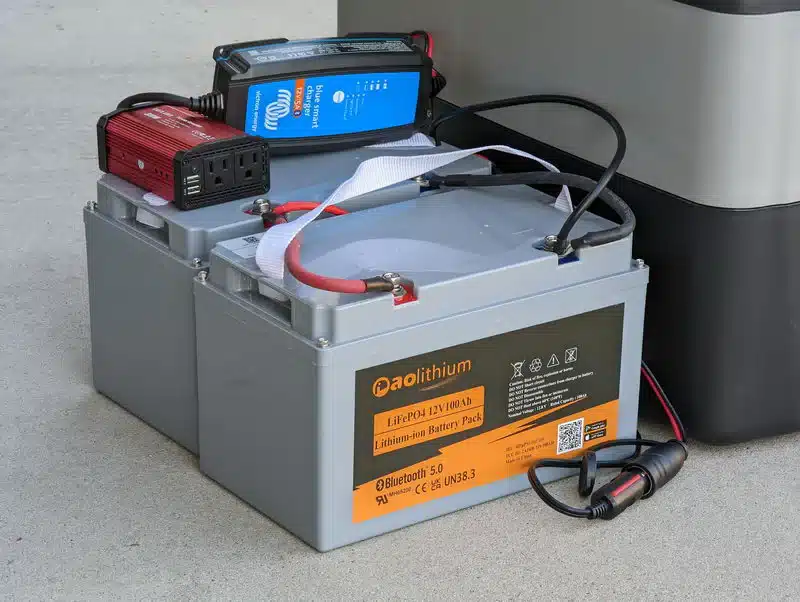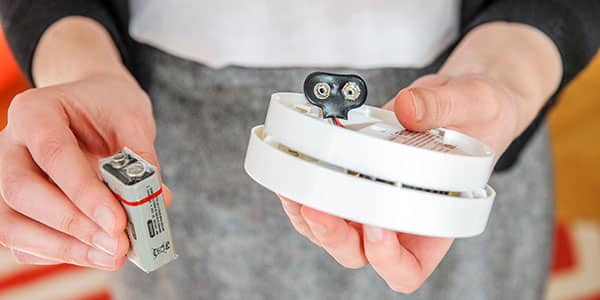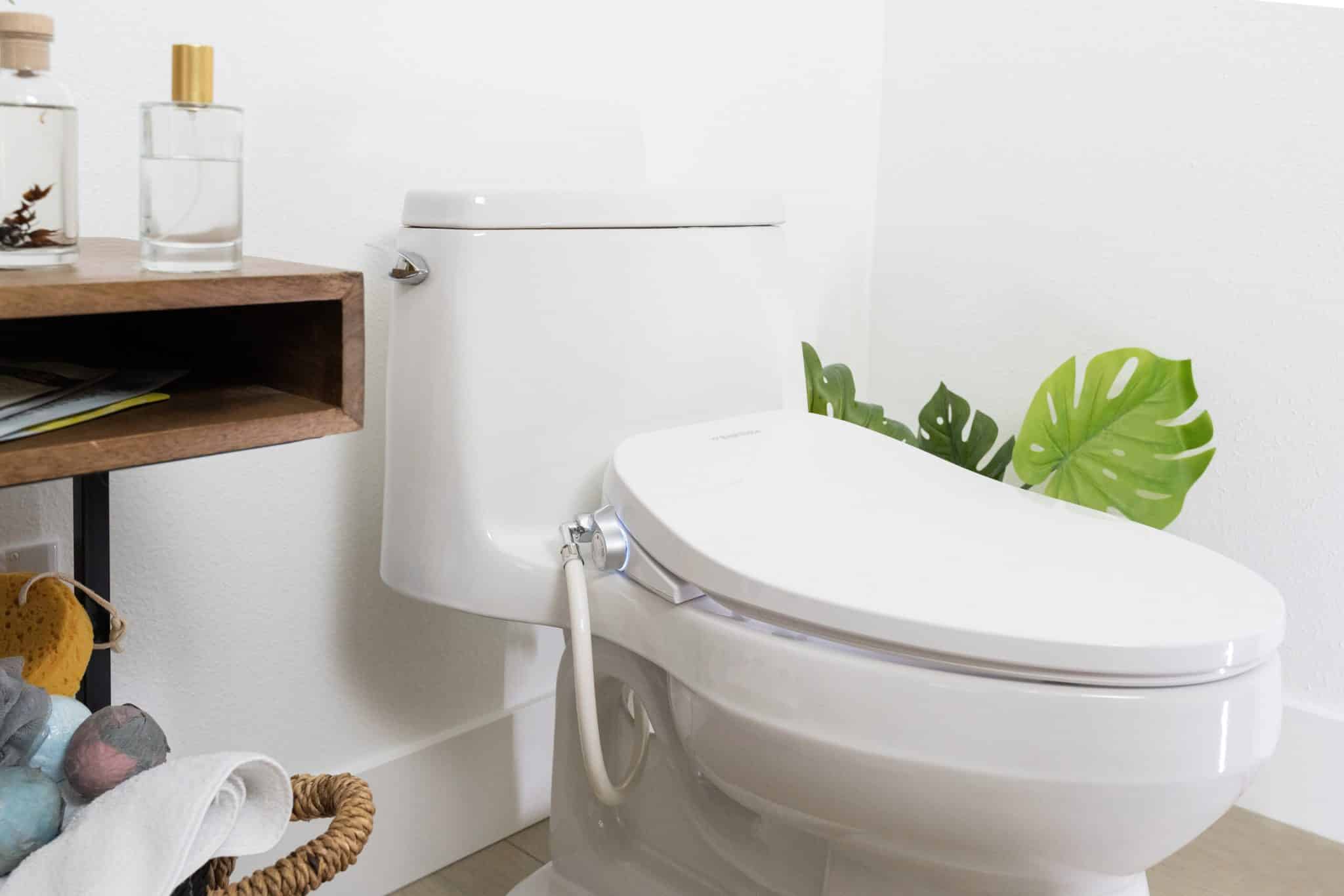How to Establish Backup Power for Your Home
Every emergency-ready home has a backup power supply. It ensures your essential appliances and electronics remain operational during outages, lessens your grid dependence and helps lower your electric bill. It can also increase your property’s value.
Establishing a backup power system has pitfalls that may compromise your family’s safety and convenience. Follow these seven tips to plan your project properly.
Identify What to Power
Decide what appliances and devices you require to establish an appropriate backup power system for your home. Prioritize your lights, cooking and refrigeration essentials, heating, ventilation and air conditioning units, and smartphones. They can keep you safe and maintain a sense of normalcy until your primary source of electricity becomes available again.
Likewise, take your home office setup into account if you work remotely. The same goes for any electric durable medical equipment you use.
Calculate Your Energy Needs
Monitor how much electricity your chosen gadgets consume to know the minimum wattage your home requires. Estimate how much time you use them daily or log their operation. Then, determine the wattage of your appliances and electronics. Many white goods have this information stamped on them. Owner’s manuals and online sources can provide wattage data.
Moreover, electricity usage monitors can do the math on your behalf. They can count how much energy the appliances and devices connected to them consume while plugged into electrical outlets. They can also record starting watts and phantom loads. Jot down your findings.
Once you have data on your home’s regular energy use, calculate your daily kilowatt-hour consumption. You can compute in one of these methods:
- Multiply the wattage by every individual gadget’s length of usage in a day. Then, divide the answer by one thousand.
- Divide your electricity usage monitors’ readings by a thousand.
Either way, total everything to know the number of kilowatt-hours of storage capacity to look for in your backup power equipment.
Decide on a Fuel Source
How do you want to power your backup system? Generally, your options are:
- Grid-provided electricity
- Solar energy
- Gasoline
- Diesel
- Propane
- Natural gas
- Emulsified diesel
- Biodiesel
- Hydrogen
Affordability, availability, accessibility and emergency readiness are the main fuel-source qualities to consider. You should also factor in emissions and sustainability. Some are more reliable than others. A backup power supply is necessary when dealing with frigid weather, but some fuels are unstable in cold temperatures.
Set Your Budget
How much will you spend upfront and run and maintain your backup power system long term? Generators are available at various prices, ranging from less than $1,000 to tens of thousands of dollars. Fluctuating fuel costs will likely accompany it throughout its life.
Battery backups can be expensive, especially when buying an inverter separately, but they’re typically cheaper to run. Although they usually depend on solar panels — an entirely different expense — you can charge some models with the electrical grid.
Backup power system installation is beyond the expertise of uncredentialed do-it-yourselfers, so budget for a professional installer’s services. Some setups are more expensive to install since they may involve concrete slabs — as in the case of standby generators.
Paying top dollar can get you reliable backup power equipment. However, you’ll inflate your overall bill if you need to borrow money to finance it.
Explore Different Products
Shop around to know what models are available when setting up your backup power system. Be as meticulous as businesses when comparing standard and unique features and assessing inherent dangers. See how easy they are to operate by conducting a dry run with your family to ensure everything works as anticipated.
Furthermore, find out what products you can use during natural disasters and the safety practices they require. For example, using a generator in an enclosed space during a storm will put you at risk of carbon monoxide poisoning. Approximately 70 people succumb to it every year because of portable generator misuse.
Think About Storage
Do you have room to safely keep your backup power equipment and its fuel for an extended period? Backup batteries and inverters are mountable. They only eat wall space and just need wires to get juice.
On the other hand, generators and their fuel require floor space. Standby and portable generator manufacturers may have different short- and long-term storage recommendations. As a general rule, you should:
- Clean dirt and debris off your unit.
- Ensure it’s dry and cool at all times.
- Keep it away from sources of heat, like sunlight and fire.
- Protect it from the elements.
- Empty the tank.
- Add a stabilizer when leaving fuel to erosion-proof its plastic and rubber components.
Hire a Qualified Installer
You’ll need an experienced registered electrician to set up your backup battery and inverter system, while you should leave whole-home generator installation to a certified technician. Research the licensing requirements in your area to vet local contractors.
Knowledge Is Power
Safety and convenience are your goals for establishing backup power for your home. Do your research to plan this sensitive project properly and avoid costly mistakes that may jeopardize your family.
Jack Shaw is a freelance writer who has spent the last five years writing about how to improve your home and health. He serves as senior writer for Modded, and since then has contributed to Better Triathlete, Log Cabin Hub and Hella Life among many other publications. When not writing, he can often be found working on his own home or simply playing with his dog.







